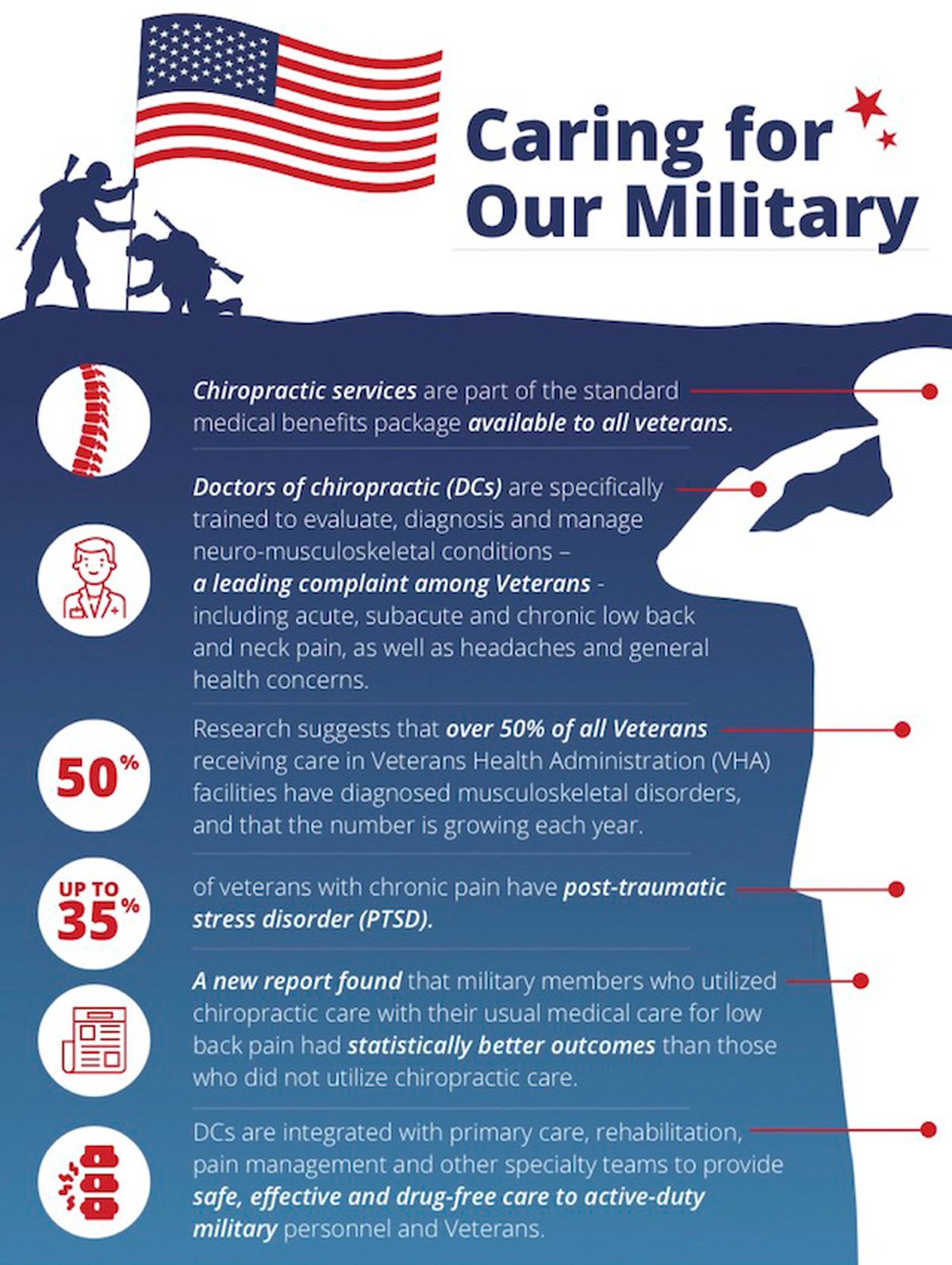A Systems Approach for Assessing Low Back Pain Care Quality in Veterans Health Administration Chiropractic Visits: A Cross-Sectional Analysis
A Systems Approach for Assessing Low Back Pain Care Quality in Veterans Health Administration Chiropractic Visits: A Cross-Sectional Analysis
SOURCE: J Manipulative Physiol Ther 2023 (Dec 22) [EPUB]
| OPEN ACCESS |
Ryan D. Muller, DC, MS • Sarah E. Graham, DC • Xiwen Zhao, MSPH • Anna R. Sites, MSN, RN • Kelsey L. Corcoran, DC • Anthony J. Lisi, DC
VA Connecticut Healthcare System,
West Haven, Connecticut;
Yale School of Medicine,
Yale University,
New Haven, Connecticut.
Objective: The purpose of this study was to explore a systemwide process for assessing components of low back pain (LBP) care quality in Veterans Health Administration (VHA) chiropractic visits using electronic health record (EHR) data.
thods: MeWe performed a cross-sectional quality improvement project. We randomly sampled 1000 on-station VHA chiropractic initial visits occurring from October 1, 2017, to September 30, 2018, for patients with no such visits within the prior 12 months. Characteristics of LBP visits were extracted from VHA national EHR data via structured data queries and manual chart review. We developed quality indicators for history and/or examination and treatment procedures using previously published literature and calculated frequencies of visits meeting these indicators.
There is more like this @






